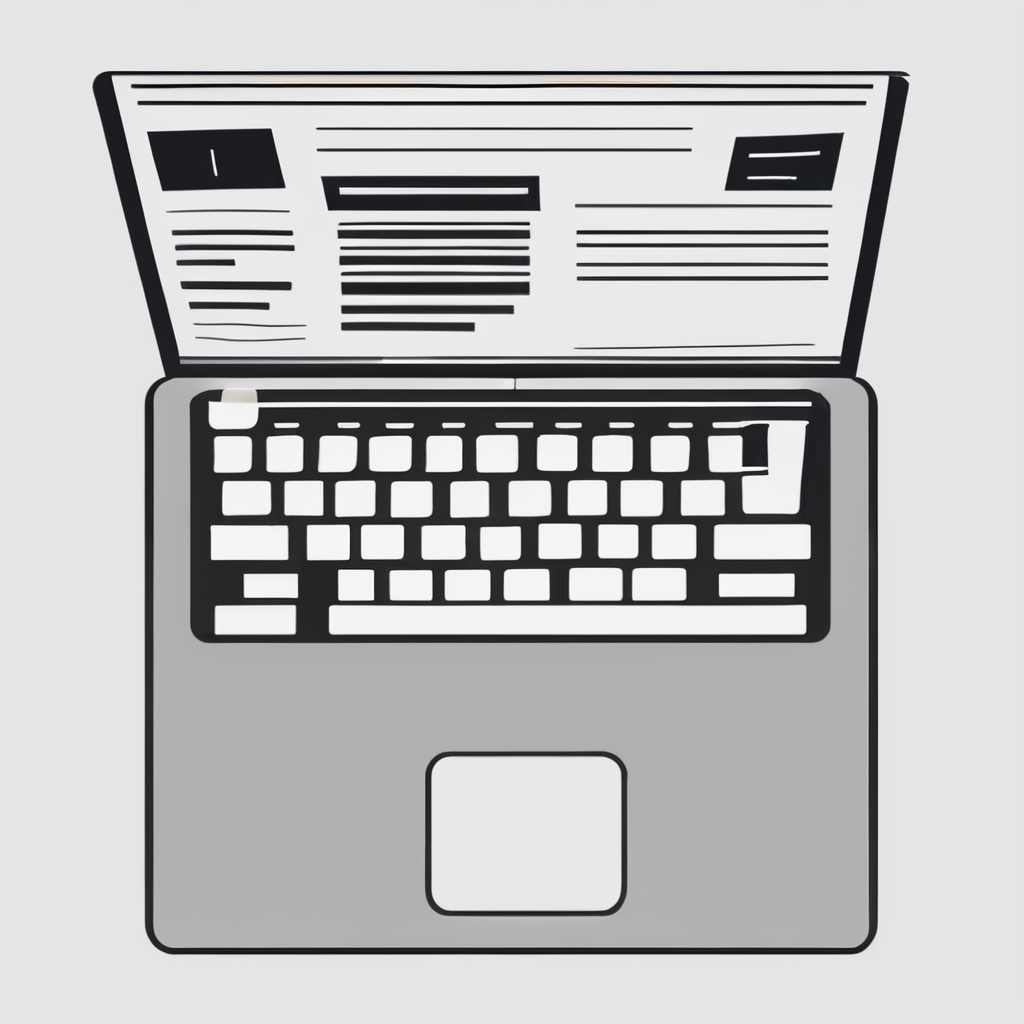Understanding Burnout
Understanding burnout is crucial in maintaining mental health. Burnout is characterized by emotional exhaustion, a sense of reduced personal accomplishment, and a shift towards cynicism. Unlike temporary stress or fatigue which can be alleviated with rest, burnout is more persistent and deeply ingrained, impacting an individual’s ability to function effectively.
Emotional and Physical Signs of Burnout
Key signs of burnout include both emotional and physical symptoms. Emotional exhaustion is a primary symptom, leaving individuals feeling drained and unable to cope with daily demands. They may experience heightened feelings of frustration, anxiety, or helplessness. On a physical level, persistent fatigue, headaches, and even gastrointestinal problems often accompany burnout. Recognizing these signs early can be crucial in prevention.
Additional reading : Essential elements for building a robust and supportive health network
Burnout vs. Stress and Fatigue
Understanding the difference between burnout, stress, and fatigue is important. Stress usually results from demands that seem to exceed available resources, while fatigue can sometimes be solved with adequate rest. Conversely, burnout is a prolonged state that results from continuous stress, leading to profound emotional and physical consequences. It’s the chronic nature of burnout that sets it apart, often requiring more comprehensive interventions to address. Identifying warning signs and taking action early can prevent severe impacts on mental health and performance.
Key Indicators of Burnout
Identifying burnout early is vital for addressing its profound effects. One primary sign is emotional exhaustion, where individuals feel chronically overworked and emotionally drained. This exhaustion can manifest as a loss of interest in tasks, making daily activities seem burdensome. People may feel overwhelmed, unable to focus or be productive like before. Recognizing these early warning signs can guide timely interventions and prevent further deterioration of mental health.
Topic to read : Cultivating a healthy body image in today’s media-influenced world
Emotional Exhaustion
Emotional exhaustion often leads to a decreased sense of personal accomplishment. Individuals may doubt their abilities, experiencing a tangible decline in confidence and satisfaction from work. Recognising one’s own behavioural changes, like increased irritability or frequent disinterest, can be crucial. Prolonged exhaustion can exacerbate these effects, impairing both personal and professional aspects of life.
Decreased Performance
Burnout doesn’t just stop at emotional fatigue; it significantly hampers performance. Employees often witness a decline in creativity and productivity, with statistics highlighting reduced workplace efficiency as a major concern. For example, tasks that once took an hour may extend over several hours, indicating a shift in operational effectiveness.
Cynicism and Detachment
Another detrimental effect of burnout is the development of cynicism and detachment. People might emotionally withdraw from work or personal relationships, leading to dissatisfaction. Over time, this detachment can affect long-term job performance and personal relationships, underscoring the necessity of early intervention.
Proactive Prevention Strategies
To effectively combat burnout, embracing proactive prevention measures is essential. This involves integrating tailored strategies into daily routines to manage stress and promote mental well-being.
Time Management Techniques
Efficient time management is critical in burnout prevention. One starting point is using structured time management techniques tailored to individual needs. Methods like the Eisenhower Box can help prioritize urgent and important tasks, reducing unnecessary workload pressure. Time-blocking is another technique, promoting focus by dedicating specific slots to activities, thus enhancing productivity without overextending oneself.
Additionally, employing digital tools such as task managers and planners can streamline daily responsibilities. Such tools help track and organize tasks, allowing for less mental clutter and increased focus on essential activities. When effectively managing time, one can achieve a balanced work-life balance, pivotal in maintaining mental health.
Self-Care Tips
Self-care routines play a crucial role in preventing burnout by nurturing both mental and physical health. Engaging in activities such as regular exercise, meditation, and leisure hobbies cultivates a sense of accomplishment and relaxation. Creating a personalised self-care plan by identifying activities that recharge and inspire is vital. Ensuring consistent sleep patterns and nutrition can further support overall well-being, fortifying resilience against burnout symptoms. Incorporating these strategies effectively can lead to a healthier and more balanced life.
Time Management Techniques
Effective time management is pivotal for maintaining a healthy work-life balance and reducing stress. Prioritising tasks is the first step towards efficacious management. Utilizing tools such as to-do lists and planners can significantly enhance organisation. They play a crucial role in identifying urgent tasks, ensuring that essential duties are not overlooked amidst a bustling day. A well-organised workspace further complements this, minimising distractions and maximising productivity.
Prioritising Tasks
Strategies for prioritising tasks include the Eisenhower Matrix, which categorises tasks based on urgency and importance. This aids in systematic completion, ensuring attention is given to high-priority activities. An organised daily schedule enhances focus and productivity, preventing work from piling up unnecessarily.
Setting Boundaries
Creating healthy boundaries by learning to say no is equally important. It ensures that expectations are managed, preventing potential overload. Examples include setting limits on work hours and taking conscious downtime during weekends. These strategies help maintain a balanced workload, crucial in avoiding burnout. Establishing boundaries fosters an environment where personal time is respected, and professional commitments are aligned with personal capacity.
Scheduling Breaks
Regular breaks are essential for mental rejuvenation. Research suggests that short, frequent breaks enhance productivity and concentration, reducing cognitive fatigue. Recommended breaks include the Pomodoro Technique, which involves taking short 5-10 minute breaks after every 25 minutes of focused work. Integrating such practices into daily routines benefits overall mental wellbeing and sustains productivity.
Seeking Professional Help
Accessing mental health resources is essential when managing burnout. Recognising when to seek professional help can significantly impact recovery and overall well-being. Key signs indicating the need for intervention include chronic emotional exhaustion, persistent reduced performance, profound cynicism, and detachment from personal relationships or work. Discussing these experiences with a healthcare provider is crucial, as they can offer tailored advice and recommend appropriate strategies. Approaching mental health conversations in the workplace openly can also foster an understanding environment, promoting collective responsibility towards well-being.
When to Seek Help
Consider seeking professional intervention if burnout symptoms persist despite self-care efforts. Be attentive to marked changes in mental well-being and physical health that affect daily functioning. Engaging with mental health professionals can supply valuable insights and coping mechanisms. Acknowledging mental health in workplace discussions can break stigmas and encourage more people to seek support without reservation.
Available Resources
A myriad of resources like counseling services, hotlines, and peer support groups can offer substantial help. Communities provide a sense of shared experience that eases the loneliness often associated with burnout. Online platforms and apps facilitate access to resources, making support more readily available to those who need it across varied environments.
Self-Care Practices
Engaging in robust self-care routines is pivotal for sustaining mental well-being and preventing burnout. Routine activities like regular exercise, meditation, and leisure hobbies play a significant role in maintaining emotional balance. Exercise, for example, boosts endorphin levels, offering a natural uplift in mood and helping counteract emotional exhaustion.
Creating a personalized self-care plan begins with identifying activities that recharge and interest you. It includes not only physical exercises but also mental health practices like mindfulness meditation, which can reduce stress and enhance focus. Committing to a schedule that incorporates these activities can prevent the onset of burnout symptoms by offering consistent outlets for relaxation and emotional release.
Physical health underpins effective self-care. Adequate sleep and balanced nutrition are foundational. When the body is well-rested and nourished, it can better withstand stressors, preserving mental health. Remember, a personalised plan allows flexibility and should evolve with changing needs. Self-care isn’t a luxury; it’s a necessity for maintaining both mental and physical health. By prioritizing these practices, individuals enhance their resilience, making them better equipped to handle life’s demands without succumbing to burnout.




